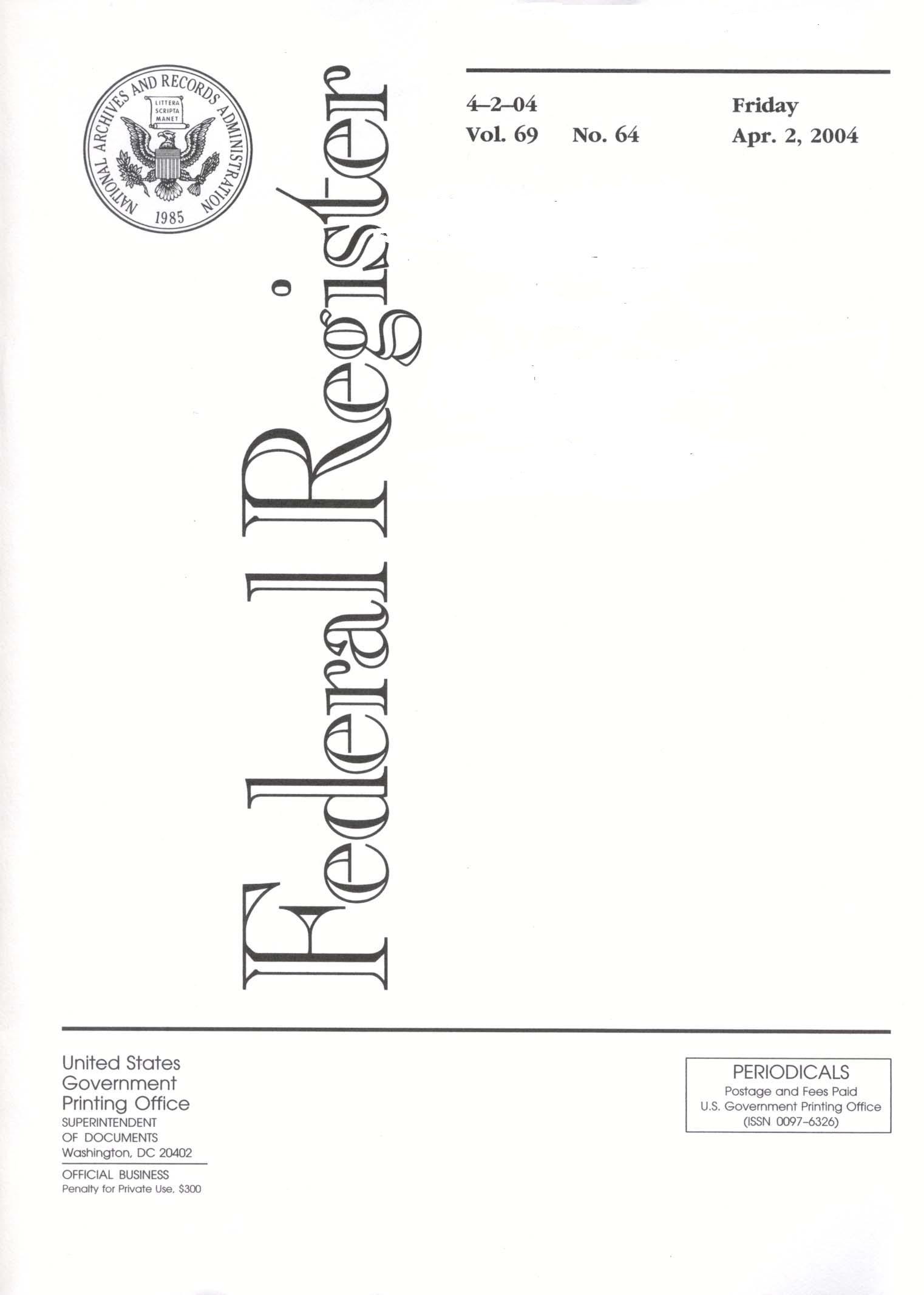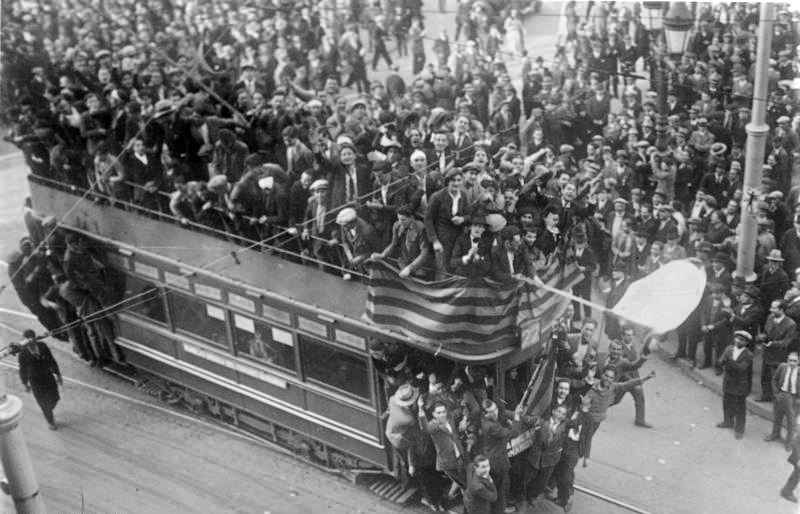|
Constitution Of Spain
The Spanish Constitution (Spanish, Asturleonese, and gl, Constitución Española; eu, Espainiako Konstituzioa; ca, Constitució Espanyola; oc, Constitucion espanhòla) is the democratic law that is supreme in the Kingdom of Spain. It was enacted after its approval in a constitutional referendum, and it is the culmination of the Spanish transition to democracy. The Constitution of 1978 is one of about a dozen of other historical Spanish constitutions and constitution-like documents; however, it is one of two fully democratic constitutions (the other being the Spanish Constitution of 1931). It was sanctioned by King Juan Carlos I on 27 December, and published in the ' (the government gazette of Spain) on 29 December, the date on which it became effective. The promulgation of the constitution marked the culmination of the Spanish transition to democracy after the death of general Francisco Franco, on 20 November 1975, who ruled over Spain as a military dictator for nearly 40 ... [...More Info...] [...Related Items...] OR: [Wikipedia] [Google] [Baidu] |
Congress Of Deputies (Spain)
The Congress of Deputies ( es, link=no, Congreso de los Diputados, italic=unset) is the lower house of the Cortes Generales, Spain's legislative branch. The Congress meets in the Palace of the Parliament () in Madrid. It has 350 members elected by constituencies (matching fifty Spanish provinces and two autonomous cities) by closed list proportional representation using the D'Hondt method. Deputies serve four-year terms. The presiding officer is the President of the Congress of Deputies, who is elected by the members thereof. It is the analogue to a speaker. In the Congress, MPs from the political parties, or groups of parties, form parliamentary groups. Groups must be formed by at least 15 deputies, but a group can also be formed with only five deputies if the parties got at least 5% of the nationwide vote, or 15% of the votes in the constituencies in which they ran. The deputies belonging to parties who cannot create their own parliamentary group form the Mixed Group. ... [...More Info...] [...Related Items...] OR: [Wikipedia] [Google] [Baidu] |
Kingdom Of Spain
, image_flag = Bandera de España.svg , image_coat = Escudo de España (mazonado).svg , national_motto = ''Plus ultra'' (Latin)(English: "Further Beyond") , national_anthem = (English: "Royal March") , image_map = , map_caption = , image_map2 = , capital = Madrid , coordinates = , largest_city = Madrid , languages_type = Official language , languages = Spanish , ethnic_groups = , ethnic_groups_year = , ethnic_groups_ref = , religion = , religion_ref = , religion_year = 2020 , demonym = , government_type = Unitary parliamentary constitutional monarchy , leader_title1 = Monarch , leader_name1 = Felipe VI , leader_title2 = Prime Minister , leader_name2 = Pedro Sánchez , legislature = Cortes Gene ... [...More Info...] [...Related Items...] OR: [Wikipedia] [Google] [Baidu] |
Constituent Assembly
A constituent assembly (also known as a constitutional convention, constitutional congress, or constitutional assembly) is a body assembled for the purpose of drafting or revising a constitution. Members of a constituent assembly may be elected by Direct election, popular vote, drawn by sortition, appointed, or some combination of these methods. Assemblies are typically considered distinct from a regular legislature, although members of the legislature may compose a significant number or all of its members. As the fundamental document constituting a state, a constitution cannot normally be modified or amended by the state's normal legislative procedures in some jurisdictions; instead a constitutional convention or a constituent assembly, the rules for which are normally laid down in the constitution, must be set up. A constituent assembly is usually set up for its specific purpose, which it carries out in a relatively short time, after which the assembly is dissolved. A constituen ... [...More Info...] [...Related Items...] OR: [Wikipedia] [Google] [Baidu] |
Juan Carlos I Of Spain
Juan Carlos I (;, * ca, Joan Carles I, * gl, Xoán Carlos I, Juan Carlos Alfonso Víctor María de Borbón y Borbón-Dos Sicilias, born 5 January 1938) is a member of the Spanish royal family who reigned as King of Spain from 22 November 1975 until his abdication on 19 June 2014. In Spain, since his abdication, Juan Carlos has usually been referred to as the ('King Emeritus'). Juan Carlos is the grandson of Alfonso XIII, the last king of Spain before the abolition of the monarchy in 1931 and the subsequent declaration of the Second Spanish Republic. Juan Carlos was born in Rome during his family's exile. Francisco Franco took over the government of Spain after his victory in the Spanish Civil War in 1939, yet in 1947 Spain's status as a monarchy was affirmed and a law was passed allowing Franco to choose his successor. Juan Carlos's father, Infante Juan, Count of Barcelona, was the third son of King Alfonso XIII and assumed his claims to the throne after Alfonso d ... [...More Info...] [...Related Items...] OR: [Wikipedia] [Google] [Baidu] |
Francoist
Francoist Spain ( es, España franquista), or the Francoist dictatorship (), was the period of Spanish history between 1939 and 1975, when Francisco Franco ruled Spain after the Spanish Civil War with the title . After his death in 1975, Spanish transition to democracy, Spain transitioned into a democracy. During this time period, Spain was officially known as the Spanish State (). The nature of the regime evolved and changed during its existence. Months after the start of the Spanish Civil War in July 1936, Franco emerged as the dominant rebel military leader and was proclaimed head of state on 1 October 1936, ruling a dictatorship over the territory controlled by the Nationalist faction (Spanish Civil War), Nationalist faction. The Unification Decree (Spain, 1937), 1937 Unification Decree, which merged all parties supporting the rebel side, led to Nationalist Spain becoming a single-party regime under the FET y de las JONS. The end of the war in 1939 brought the extension of ... [...More Info...] [...Related Items...] OR: [Wikipedia] [Google] [Baidu] |
Francisco Franco
Francisco Franco Bahamonde (; 4 December 1892 – 20 November 1975) was a Spanish general who led the Nationalist faction (Spanish Civil War), Nationalist forces in overthrowing the Second Spanish Republic during the Spanish Civil War and thereafter ruled over Spanish State, Spain from 1939 to 1975 as a dictator, assuming the title ''Caudillo''. This period in Spanish history, from the Nationalist victory to Franco's death, is commonly known as Francoist Spain or as the Francoist dictatorship. Born in Ferrol, Spain, Ferrol, Galicia (Spain), Galicia, into an upper-class military family, Franco served in the Spanish Army as a cadet in the Toledo Infantry Academy from 1907 to 1910. While serving in Spanish protectorate in Morocco, Morocco, he rose through the ranks to become a brigadier general in 1926 at age 33, which made him the #Military career, youngest general in all of Europe. Two years later, Franco became the director of the General Military Academy in Zaragoza. A ... [...More Info...] [...Related Items...] OR: [Wikipedia] [Google] [Baidu] |
Government Gazette
A government gazette (also known as an official gazette, official journal, official newspaper, official monitor or official bulletin) is a periodical publication that has been authorised to publish public or legal notices. It is usually established by statute or official action, and publication of notices within it, whether by the government or a private party, is usually considered sufficient to comply with legal requirements for public notice. Gazettes are published either in print, electronically or both. Publication within privately owned periodicals In some jurisdictions, privately owned newspapers may also register with the public authorities in order to publish public and legal notices. Likewise, a private newspaper may be designated by the courts for publication of legal notices. These are referred to as "legally adjudicated newspapers". See also *List of government gazettes **List of British colonial gazettes *Journals of legislative bodies *Annals Annals ( la, an ... [...More Info...] [...Related Items...] OR: [Wikipedia] [Google] [Baidu] |
Boletín Oficial Del Estado
The ''Boletín Oficial del Estado'' (''BOE''; " en, Official State Gazette, label=none", from 1661 to 1936 known as the ''Gaceta de Madrid'', " en, Madrid Gazette, label=none") is the official gazette of the Spain, Kingdom of Spain and may be published on any day of the week. The content of the ''BOE'' is authorized and published by Royal Assent and with approval from the Ministry of the Presidency (Spain), Spanish Presidency Office. The ''BOE'' publishes decrees by the Cortes Generales, Spain's Parliament (comprising the Spanish Senate, Senate and the Congress of Deputies) as well as those orders enacted by the Spanish Autonomous Communities. The Spanish Constitution of 1978 provides in Article 9.3 that "The Constitution guarantees ... the publication of laws." This includes the official publishing of all Spanish judicial, royal and national governmental decrees, as well as any orders by the Council of Ministers. According to Royal Decree 181/2008 of 8 February, the ''BOE'' is ... [...More Info...] [...Related Items...] OR: [Wikipedia] [Google] [Baidu] |
Juan Carlos I
Juan Carlos I (;, * ca, Joan Carles I, * gl, Xoán Carlos I, Juan Carlos Alfonso Víctor María de Borbón y Borbón-Dos Sicilias, born 5 January 1938) is a member of the Spanish royal family who reigned as King of Spain from 22 November 1975 until his abdication on 19 June 2014. In Spain, since his abdication, Juan Carlos has usually been referred to as the ('King Emeritus'). Juan Carlos is the grandson of Alfonso XIII, the last king of Spain before the abolition of the monarchy in 1931 and the subsequent declaration of the Second Spanish Republic. Juan Carlos was born in Rome during his family's exile. Francisco Franco took over the government of Spain after his victory in the Spanish Civil War in 1939, yet in 1947 Spain's status as a monarchy was affirmed and a law was passed allowing Franco to choose his successor. Juan Carlos's father, Infante Juan, Count of Barcelona, was the third son of King Alfonso XIII and assumed his claims to the throne after Alfonso died ... [...More Info...] [...Related Items...] OR: [Wikipedia] [Google] [Baidu] |
Spanish Constitution Of 1931
The Spanish Constitution of 1931 was approved by the Constituent Assembly on 9 December 1931. It was the constitution of the Second Spanish Republic (founded 14 April 1931) and was in force until 1 April 1939. This was the second period of Spanish history in which both head of state and head of government were democratically elected. A constitutional draft prepared by a commission under a reformist Catholic lawyer Ángel Ossorio y Gallardo having been rejected, an amended draft was approved by the Constituent Assembly on 9 December 1931. It created a secular democratic system based on equal rights for all citizens, with provision for regional autonomy. It introduced female suffrage, civil marriage and divorce. It permitted the state to expropriate private property, with compensation, for reasons of broader social utility. It also established free, obligatory, secular education for all and dissolved the Jesuits. The Republic "was the culmination of a process of mass mobilisation ... [...More Info...] [...Related Items...] OR: [Wikipedia] [Google] [Baidu] |
Constitutions
A constitution is the aggregate of fundamental principles or established precedents that constitute the legal basis of a polity, organisation or other type of entity and commonly determine how that entity is to be governed. When these principles are written down into a single document or set of legal documents, those documents may be said to embody a ''written constitution''; if they are encompassed in a single comprehensive document, it is said to embody a ''codified constitution''. The Constitution of the United Kingdom is a notable example of an ''uncodified constitution''; it is instead written in numerous fundamental Acts of a legislature, court cases or treaties. Constitutions concern different levels of organizations, from sovereign countries to companies and unincorporated associations. A treaty which establishes an international organization is also its constitution, in that it would define how that organization is constituted. Within states, a constitution defines ... [...More Info...] [...Related Items...] OR: [Wikipedia] [Google] [Baidu] |

_-_Fondo_Marín-Kutxa_Fototeka.jpg)


